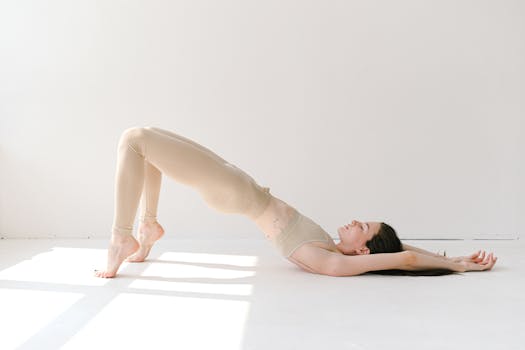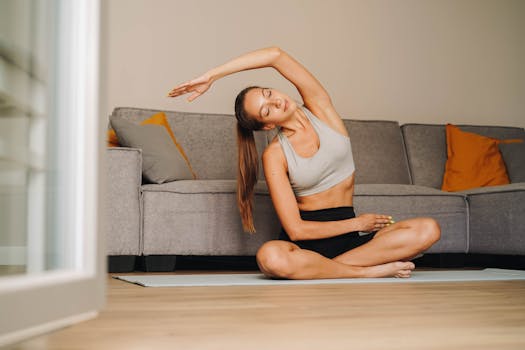
From Mat to Mind: How Yoga and Pilates Transform Your Mental Well-Being
Yoga and Pilates, Yoga and Pilates – two practices that have been around for centuries, but have recently gained popularity for their numerous benefits on both body and mind. As someone who has experienced the transformative power of these practices firsthand, I can attest to the fact that they are more than just physical exercises – they are a journey to mental well-being.
My Journey with Yoga and Pilates

I still remember my first yoga class like it was yesterday. I was a bit skeptical at first, but as I stepped onto the mat, I felt a sense of calm wash over me. The instructor’s soothing voice, the gentle stretches, and the deep breathing exercises all combined to create an experience that was both challenging and calming. From that day on, I was hooked. I started practicing yoga regularly, and soon, I began to notice the positive impact it was having on my mental health.
As I delved deeper into the world of yoga, I discovered Pilates. I was drawn to its focus on core strength, flexibility, and body control. I found that Pilates helped me develop a greater awareness of my body and its limitations, which in turn, helped me cultivate a greater sense of self-awareness. The combination of yoga and Pilates proved to be a powerful one, and I soon found myself feeling more centered, more grounded, and more at peace.
The Science Behind Yoga and Pilates

So, what makes yoga and Pilates so effective in transforming our mental well-being? The answer lies in the way these practices affect our brain chemistry and nervous system. When we practice yoga or Pilates, our brain releases neurotransmitters such as serotonin, dopamine, and endorphins, which are often referred to as ‘feel-good’ hormones. These chemicals help regulate our mood, reduce stress and anxiety, and promote a sense of relaxation and calm.
Additionally, yoga and Pilates have been shown to reduce cortisol levels, which is often referred to as the ‘stress hormone’. Chronically elevated cortisol levels can lead to a range of negative effects, including anxiety, depression, and insomnia. By reducing cortisol levels, yoga and Pilates can help mitigate these effects and promote a sense of balance and well-being.
The Benefits of Yoga and Pilates

The benefits of yoga and Pilates are numerous and well-documented. Some of the most significant benefits include:
- Reduced stress and anxiety
- Improved mood and reduced symptoms of depression
- Enhanced sleep quality
- Increased flexibility and balance
- Improved core strength and posture
- Greater body awareness and self-awareness
These benefits are not limited to the physical realm; they also extend to the mental and emotional spheres. By practicing yoga and Pilates, we can cultivate a greater sense of self-awareness, self-acceptance, and self-compassion. We can develop a more positive body image, improve our relationships, and enhance our overall sense of well-being.
Getting Started with Yoga and Pilates

So, how can you get started with yoga and Pilates? Here are a few tips:
- Find a local studio or gym that offers yoga and Pilates classes
- Invest in a good quality mat and any necessary props (such as blocks, straps, or blankets)
- Start with beginner classes and gradually progress to more advanced levels
- Practice regularly, ideally 2-3 times per week
- Listen to your body and honor its limitations – rest when you need to, and don’t push yourself too hard
Remember, yoga and Pilates are journeys, not destinations. They are practices that take time, patience, and dedication to develop. But with consistent practice, you can experience the transformative power of these practices for yourself.






